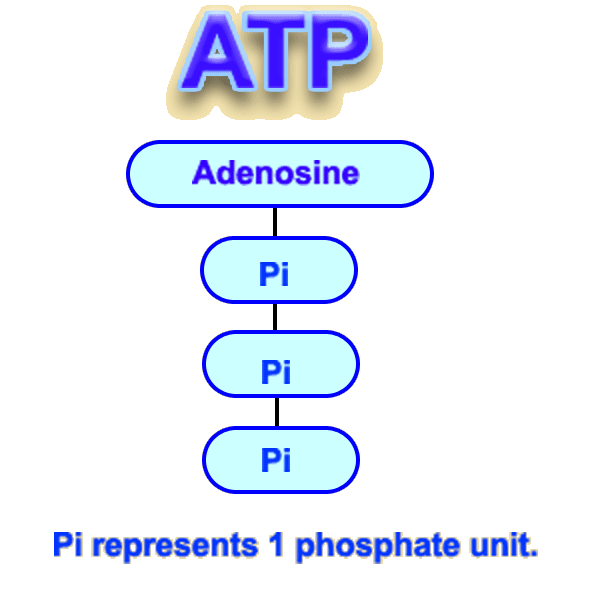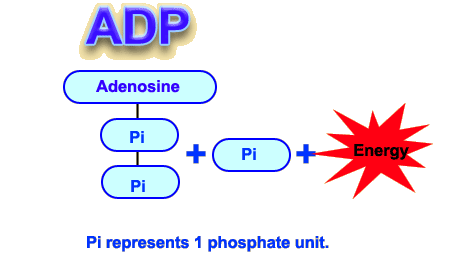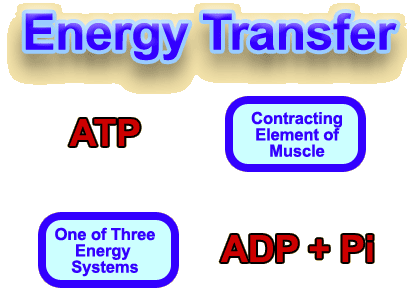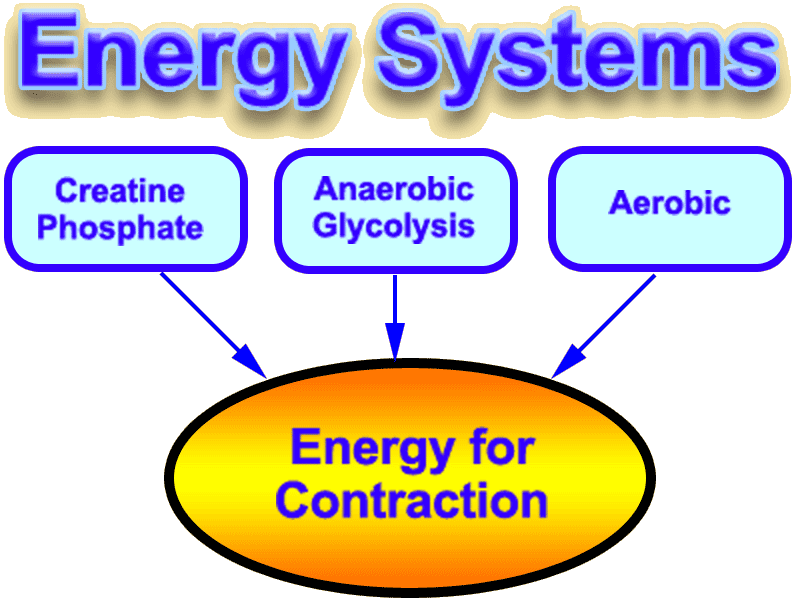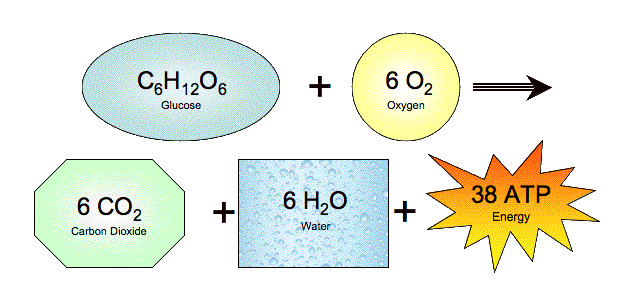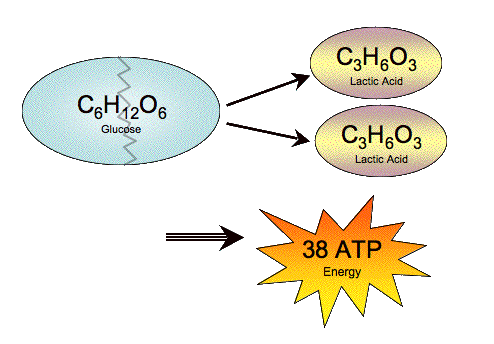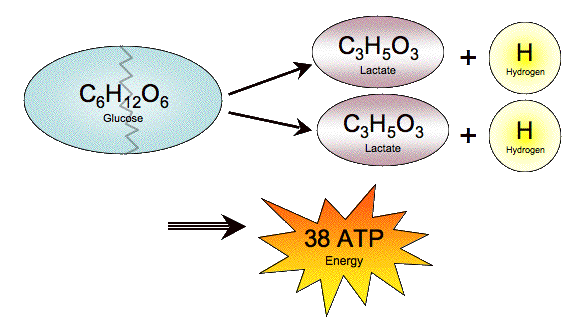Luc Van Lierde on lactate testing
Endurance Events and Lactate Testing
With Emphasis on the Triathlon
4 of 19
How does the body produce energy for the Triathlon?
This is the first of three modules that provide a short introduction to energy production for the contraction of the muscles. Just as your car needs fuel to run, so does your body and specifically your muscles. So think of this short discussion as one looking at biological energy for your body as opposed to one looking at energy for your lights or car.
(Something similar on energy metabolism is presented in any biology or exercise physiology book. Similarly there are hundreds of web sites that discuss this topic, probably much better than we do here. This is a simplified discussion for those interested. What is presented in the anaerobic system modules (modules 14-16) on this topic is not presented in any textbook or on any other web site that we know of.)
When the brain tells a muscle to contract, it sends a signal to the muscle via the nerves. This starts a chemical process that breaks down a high-energy molecule, and the energy released enables the contraction. This high-energy molecule is called adenosine tri-phosphate (ATP), so named because three phosphate groups are attached to an adenosine molecule.
The tri-phosphate part is important because this molecule is constantly splitting into ADP (adenosine di-phosphate) and Pi (phosphate), creating energy as it goes. This energy that is created when the Pi separates can be used for many things such as growth or the stimulation of nerves. But the use we are interested in for sports is muscle contraction.
As an aside, the adenosine part of ATP is actually made up of two parts and one is called adenine. If you had any biology and know about DNA and how the four building blocks of DNA are often referred to as A C T and G, adenine is the A building block. Our bodies have a lot of basic parts with multiple uses as adenine is used in DNA and in the main energy production molecule.
Each contraction requires that tens of million ATP molecules be broken down to provide enough energy for just this one contraction. The body is set up so that the breaking down of ATP is the only way it can utilize energy for muscle contraction. While the energy released in the breaking down of ATP is the only way energy is transferred for a muscle contraction, the energy stored in ATP can come from any of three energy processes.
The supply of ATP in the body is very limited. So when ATP is broken down, each ADP molecule must be built back into ATP, not only for athletic performance but for all ordinary activity as well. This rebuilding process is done continually in our body. It must be done quickly for activity to continue, because the supply of ATP in the muscle is only enough to last for about 3 seconds. As activity gets more intense, the whole process has to get even faster. We have more than one energy system so that the ATP can be rebuilt quickly enough.
The key to athletic performance is how fast ATP can be rebuilt. The faster it is rebuilt, the faster the muscles can contract, and the faster the athlete can compete. The body has three energy systems and which one is used will depend on how quickly the ATP must be rebuilt.
The three energy systems that rebuild ATP are these: two anaerobic systems - creatine phosphate and glycolysis, and the aerobic system. Each energy system has positive aspects the other two don’t have. But each system also has negatives the other two don’t have. That’s why we need three. During training and competition the body is using all three energy systems. For a top performance the three systems must be developed in an optimal way, so that all are balanced correctly. In reality the endurance athlete only needs to worry about two of the systems, the aerobic system and the glycolytic system.
Before we look at the anaerobic or aerobic system specifically, let's provide an overall look at energy production. We are going to start out with some basic chemistry. Do not worry; it is fairly simple.
The chemical formulas are only meant to show some basic relationships, to give a simple technical context to the terms one hears in discussions of training for competition. We have stated that ATP is the source of energy for muscle contraction, and that after it is used , it must be rebuilt quickly. This rebuilding process must take place almost instantly; otherwise, the athlete would have to slow down or stop. Here is a basic illustration of the energy-building process, starting with a carbohydrate called glucose (sugar), and ending with a lot of ATP. The term glycogen just means lots of glucose molecules strung out in a long string.
Briefly, glucose in the body combines with oxygen to produce carbon dioxide and water, plus a lot of ATP. (The chemistry textbooks say 38 ATP, but new research suggests it is sometimes a little less). So basically a carbohydrate plus oxygen produces a lot of energy. This model is an oversimplification, but is essentially accurate.
Here is another chemical formula that sheds some light on the role of lactate in all this:
The diagram above implies that when a glucose molecule gets broken down during the anaerobic energy process it breaks into 2 lactic acid molecules. A lactic acid molecule is exactly half of the original glucose so it seems likely that this is what happens when glucose is broken down. But this is not what actually happens because lactic acid does not get produced in this process. You hear the term lactic acid frequently in training circles, but lactic acid is actually not part of the anaerobic process in human muscles. It is hard to kill a wrong perception once it is part of the conventional wisdom. What is produced is lactate, which is lactic acid minus a hydrogen ion. So a more accurate but still a simplified diagram shows that glucose turns into two lactate molecules plus a couple of hydrogen ions.
Again this diagram skips some steps. The main step skipped is pyruvate production. We will see shortly that pyruvate is very close to lactate in chemistry, but is not very stable in the human muscle and does not stay long as pyruvate. It changes into lactate almost immediately.
Continue on to module 5 - and a discussion of anaerobic energy in more detail.

